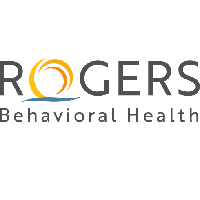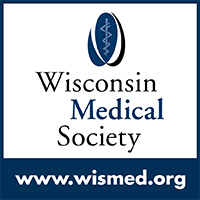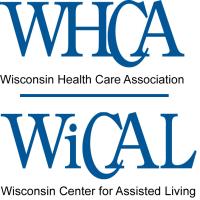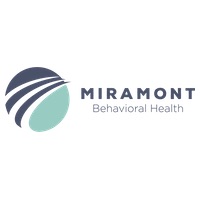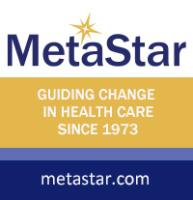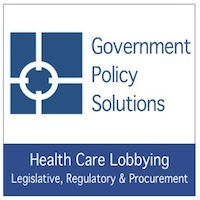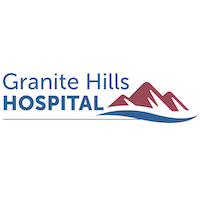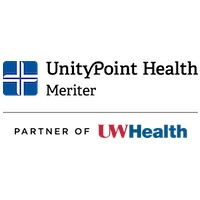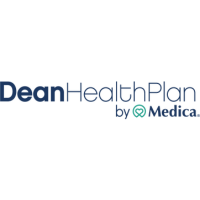
Sixteenth Street Community Health Centers’ Cousin describes COVID-19 impact
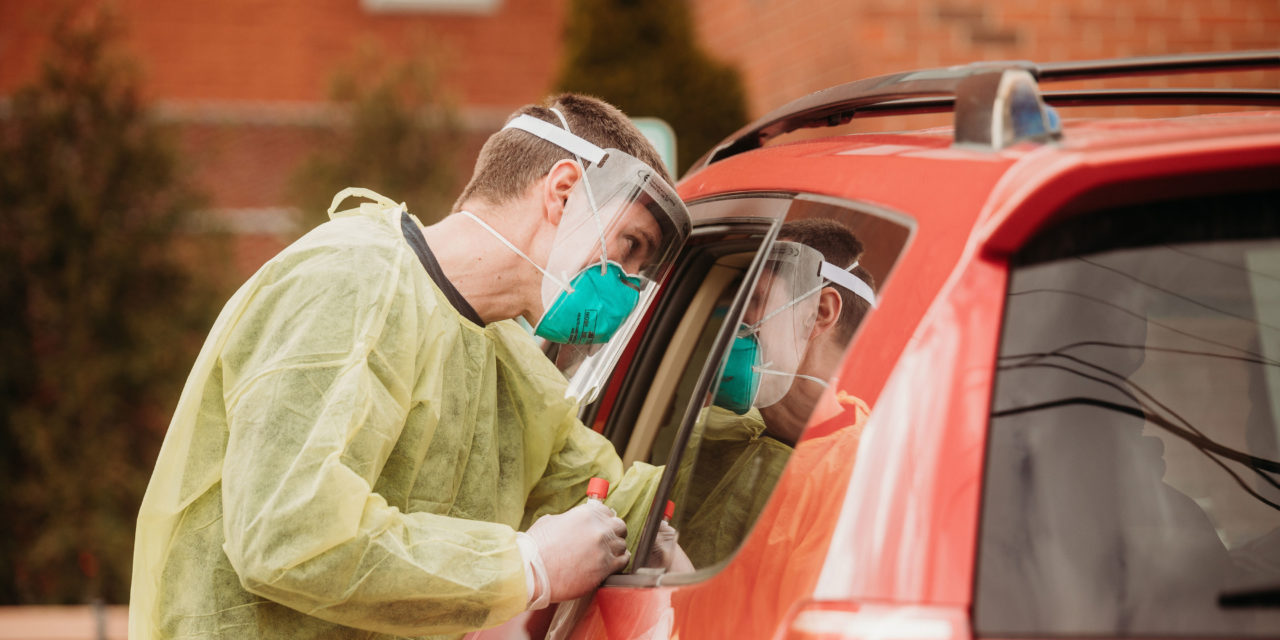
More than a third of confirmed COVID-19 cases in Milwaukee County are in its Latinx community, according to county data.
Sixteenth Community Health Centers serves the city of Milwaukee’s south side, which has a cluster of cases. The health center moved quickly into expanding testing for the illness.
Dr. Molly Cousin, a doctor on the front lines of the pandemic, talked to Wisconsin Health News this week about COVID-19, including its impact on the Latinx community.
WHN: What has Sixteenth Street seen? What’s the current situation?
MC: We’ve probably been seeing a similar – I’m trying to think of maybe when in April we saw the increase in cases. I feel like it’s kind of been steady since then, where we’ve had about 35 percent of the patients who come through for testing have been coming back positive for the virus.
When it was first in Milwaukee, when you look at the county mapping of it, the virus was definitely on the north side. In the last six weeks or so, we’ve definitely kind of seen the same thing. I don’t think there’s been anything different. It’s just not gone down.
For us as clinicians, we’re kind of hoping that people are coming out, being tested, being quarantined and isolated as needed. But I think that we still worry, what about our patients where that’s hard for them to do based on their job? All of this was kind of timed around when we opened up again in Wisconsin. So just hoping that people who are having to go back to work, if they weren’t already back to work, that their employers are able to provide extra space for people or else protective equipment if they are working in closer quarters with other people because the risk for spread is still there.
WHN: More than a third of cases are in the Latinx community. What’s led to that inequity?
MC: The workforce participation rate among the Latinx community is quite high. It’s similar to the white labor force, percentage-wise. And they tend to be overrepresented in kind of those essential worker jobs as far as in food industries, food processing industries, service work, buildings and maintenance operations, those sorts of jobs that were probably still considered essential back when there was the initial shutdown of a lot of businesses. I think a lot of businesses that still went on were probably being staffed by our population.
And then, one of the other reasons that we see especially is how it goes pretty quickly through a household. A lot of families live in multi-family dwellings. Sometimes there’s more than one family in the same house. So it’s pretty easy to spread within a household and then also in close quarters.
WHN: Sixteenth Street ramped up testing before other providers in the community. How else have you addressed the crisis?
MC: One of the other big things that we’ve been doing is just really trying to make sure that people know that we’re here. That if they want to be tested, we will test you. And then directly texting our patients about our testing. And then lots of media spots – radio, TV, articles in the Spanish language publications. Just really trying to get the word out there for our population to know what to look for, what to be concerned for and where to go if they are experiencing any symptoms or have any concerns about any situations. I’ve fielded calls from parents, ‘So and so might have had an exposure, what should I do?’ We’re trying to really be open for families and our patients. If they have any questions or concerns, just give us a call. We’ve really staffed up our call center more than usual just to try to manage that call volume that we’ve been getting.
WHN: What role are community health centers playing in fighting the pandemic?
MC: Most of our patients are being followed in the outpatient world. Of our patients who have tested positive, according to the data that was sent out most recently, we’ve had 1,826 positive. Of those, there’s only been 96 hospitalizations or emergency department visits and seven deaths among our patients.
What we’ve been doing is all of those patients get a follow-up phone call if they aren’t existing patients or they want to establish care with us. They get a call every two to three days to review symptoms, isolation, precautions. If the clinician is concerned about them, they’ll have them go to our testing site where someone can assess them. And so we’ve been doing a lot of telemedicine to see how our patients are doing. So once everything seems to be getting better, than we’re like ‘OK, call us if there’s any other issues but this is what to look for.’ So the vast majority of our cases have been followed on an outpatient basis.
WHN: Have you seen an increase in new patients?
MC: Overall, with all of this, we have taken on almost 700 new patients. I think a lot of people were having issues early maybe if it was a smaller provider’s office or if they didn’t have somewhere to go for care. So we have gotten new patients from this because of our testing and outreach. So that’s been great to get more access to folks who need it in the community.
WHN: Did you have infrastructure in place for increasing your use of telemedicine?
MC: No, that was trial by fire. I really applaud our leadership to take that on fairly quickly. We were really able to turn around. Within a couple of weeks, we were doing telehealth services.
We started just at the end of March when we converted between inpatient visits to then all of a sudden doing telemedicine.
We knew that is definitely a trend in healthcare, but a lot of that had to do with Medicaid reimbursement of telehealth services. There was kind a lot of trial and error. Is that what they want? Is this what we’re supposed to be doing? And then part of the legislation that went through around COVID was about telemedicine reimbursement. So that was nice to be able to be backed by being reimbursed for services too.
WHN: What’s the plan going forward?
MC:
Throughout this all, we’ve been doing visits. Hopefully, over the summer, we’ll open back up to that routine, preventive care again. We have really learned that using a mask, using eye protection when a patient is assessed and when you need to do oral exams are enough precautions as far as preventing the spread. So I feel we’ll probably have to wear a mask at work for the next year or so, but we’ll be bringing people back in. I’ve seen people in person who have tested positive and recovered from COVID. We’re just being extra careful…Other health systems have policies in place where they allow people to test negative before certain procedures. And I think that’s a disadvantage for our community because we have a higher positive rate. I want to kind of advocate for our patients at that end as well. So kind of stick to the (the Centers for Disease Control and Prevention) and health department guidelines. Ten days after symptoms start, the chance of having enough live virus in your system to infect is pretty much zero. Letting that kind of be the standard of when people can not only reenter work or day care but also to reenter if they need tests or procedures done in the healthcare setting. The repeat testing is tricky, and I don’t think it should be done.
Wisconsin Health News is removing the password on all stories related to the coronavirus. For the latest developments follow us on Twitter at @wihealthnews or check out our website. For complete healthcare coverage, sign up for a free trial to our daily email newsletter.












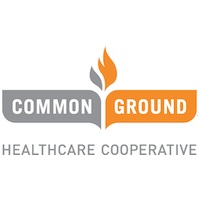
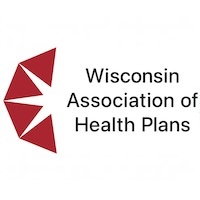
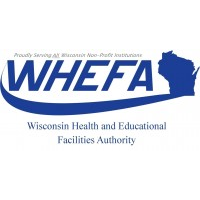
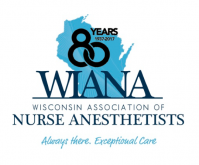
.jpg?bwg=1612548324)
